The Frozen Farmyard: A cell line repository
2019-2021
Dr. Sullivan is creating the Frozen Farmyard – a cell line repository for agriculturally-relevant animals. This repository will advance cultivated meat research around the world.
PRODUCTION PLATFORM: Cultivated
TECHNOLOGY SECTOR: Cell line development
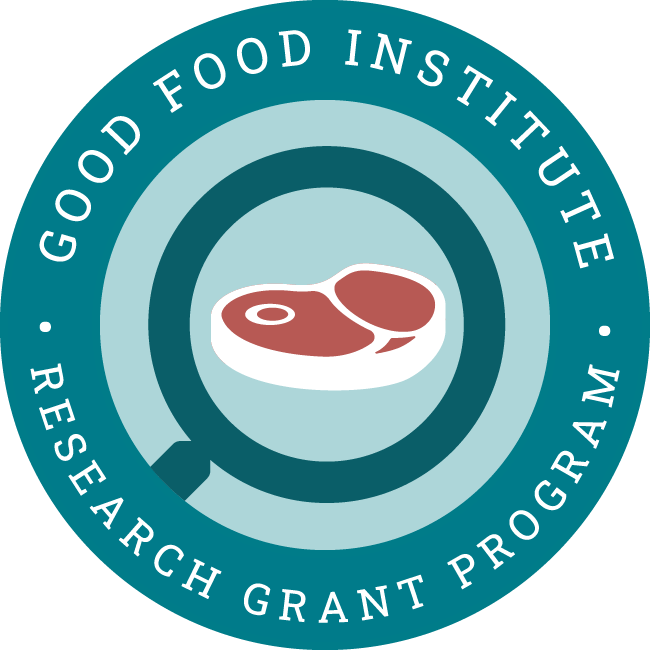
Project aims
This project generates relevant cell lines and other standard cellular materials for use by cultivated meat researchers. The research is also developing a kit that will enable veterinarians, farmers, and others to send biopsies to labs.
This work will increase the global accessibility of relevant cell lines and other required material for cultivated meat. It will also reduce duplication of effort in the synthesis of viable cell lines and decrease variability from lab to lab and experiment to experiment.
Principal researcher

Dr. Gareth Sullivan
Group Leader, Norwegian Stem Cell Centre, University of Oslo, Norway
Dr. Sullivan investigates factors that dictate the cellular fate of induced pluripotent stem cells. His other research includes developing liver models using human pluripotent stem cells for a patient-specific approach to metabolic disease. He also produces tools for investigating toxicology and reducing drug failure rates.
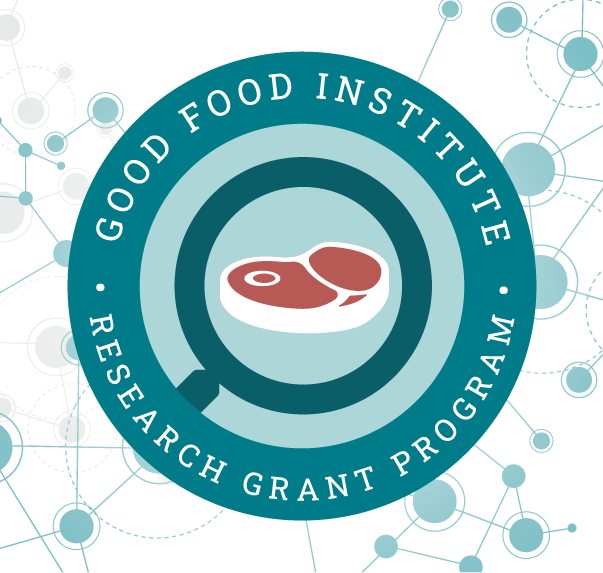
Page
Research grants
Learn about cutting-edge alternative protein research funded by GFI. Find funding opportunities for your own research.
View related grant projects
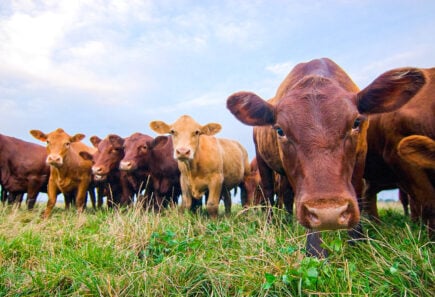
Making muscle cells
Learn about Dr. Ori Bar-Nur’s research to convert bovine and porcine fibroblasts into proliferative myogenic progenitor cells at ETH Zurich.
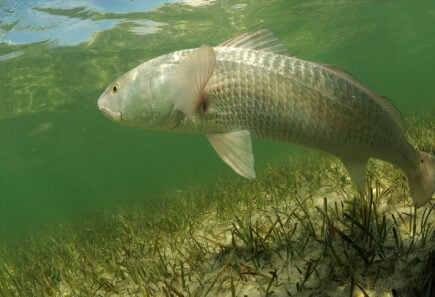
Seafood cell lines
Learn about Dr. Kevan Main and Dr. Cathy Walsh’s work at Mote Marine Laboratory to develop cell lines and methodology for cultivated seafood.
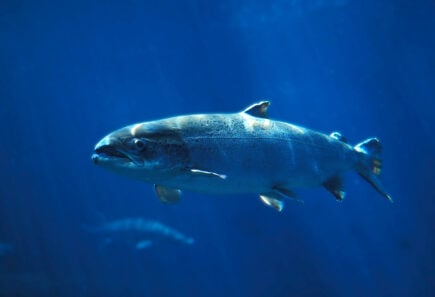
Myosatellite lines from Atlantic salmon
Through the GFI grant program, the Kaplan lab is developing myosatellite lines for cultivated Atlantic salmon at Tufts University
Explore research opportunities
-
Cultivated
Mapping animal cell metabolism to optimize media formulation
The cost and environmental impact of cultivated meat are driven by the cell culture media formulation and its conversion efficiency into meat. Metabolic modeling and engineering techniques can aid media…
-
Cultivated
Promoting stemness and proliferation in fish cell cultures
Efficient and cost-effective cultivated fish production will require precise optimization to encourage fast proliferation and highly efficient use of inputs while preventing premature differentiation. A variety of strategies can be…
-
Cultivated
Incorporating omega-3s into cultivated seafood
Cultivated seafood will need to be supplemented with long-chain omega-3 polyunsaturated fatty acids to be nutritionally equivalent or superior to conventional seafood. However, how these compounds can best be incorporated…
Check out related resources

This scientist is developing new cell lines for slaughter-free meat
GFI Research Grant recipient Dr. Gareth Sullivan is developing new cell lines for cultivating slaughter-free meat in order to bring down the cost of R&D for good food companies everywhere.
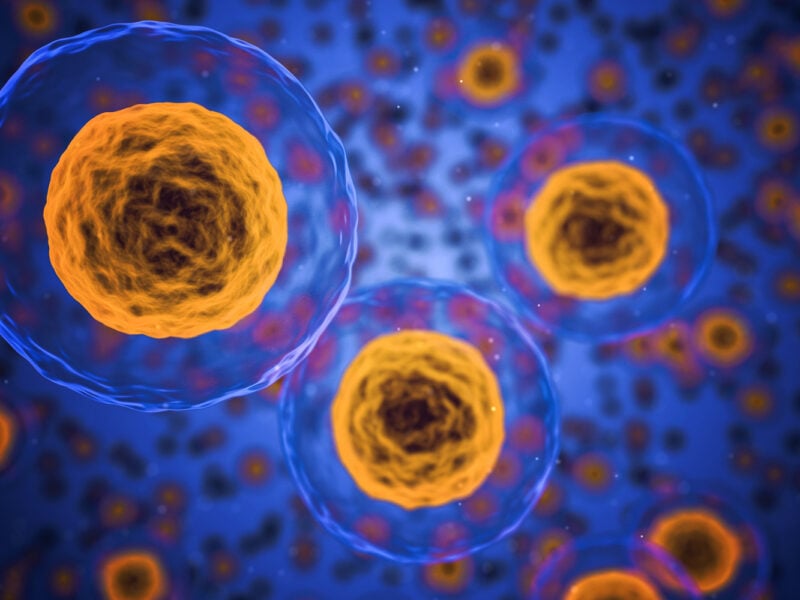
Expanding access to cell lines
Lack of access to cell lines is a major barrier to cultivated meat research. This initiative is increasing access and funding the development of new lines.
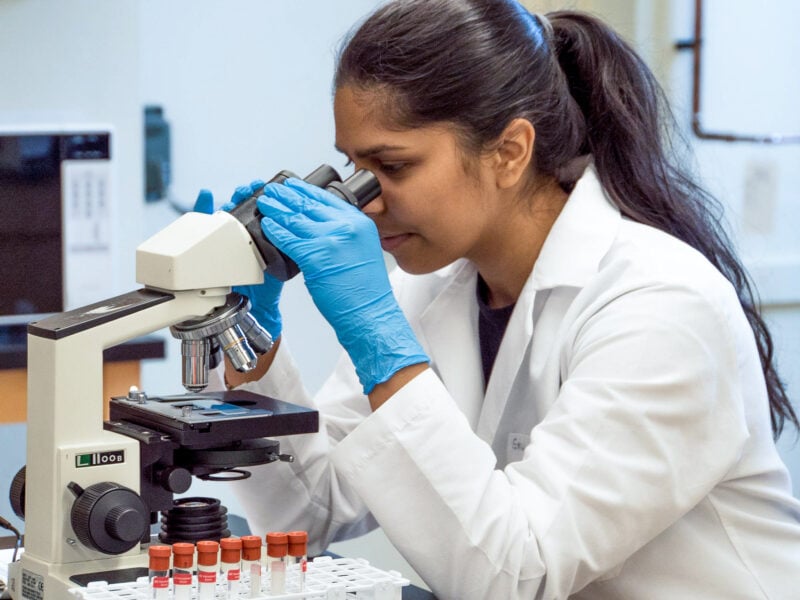
Cultivated Meat Research Tools Database
Use this crowdsourced directory to find species-specific information on research tools, reagents, protocols, and data for cultivated meat researchers.
